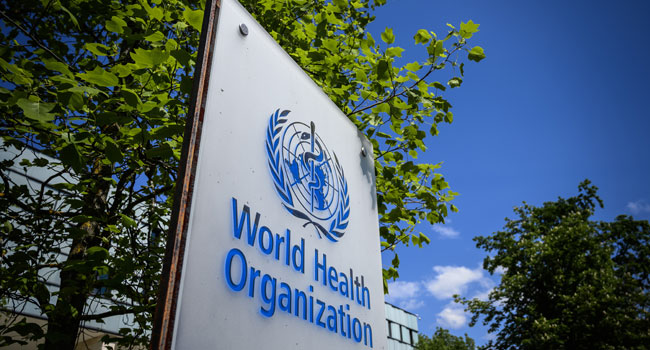According to the latest situation report from the World Health Organisation (WHO), Nigeria is currently experiencing a second wave of diphtheria outbreak, following the initial wave recorded between January and May.
The report highlights an increase in the affected population, with a rise in both confirmed cases and related deaths.
Since the outbreak was first reported in 2022, Nigeria has seen 4,717 confirmed cases of diphtheria out of 8,353 suspected cases. The states most affected by the outbreak are Kano, Katsina, Yobe, Bauchi, Kaduna, and Borno.
In response to the outbreak, Nigeria’s Minister of Health and Social Welfare, Muhammad Pate, has announced the establishment of an emergency task force to contain the spread of the disease.
According to WHO, between June 30th and August 31st, Nigeria reported an unusual increase in the number of confirmed diphtheria cases, with a total of 5,898 suspected cases reported from 59 local government areas in 11 states across the country. The majority of these cases were reported from Kano, Katsina, Yobe, Bauchi, Kaduna, and Borno.
Of the confirmed cases, only 22.8% were fully vaccinated against diphtheria, 6.3% were partially vaccinated, and 59.4% were unvaccinated.
WHO has emphasized the need to strengthen diphtheria vaccination coverage in Nigeria, especially in the most affected states. The low national coverage (57%) of the Pentavalent vaccine administered in routine immunisation poses a risk of further spread.
Additionally, insecurity challenges in certain regions, particularly in the Northwest and Northeast, have hindered vaccine accessibility. WHO also noted a limited supply of diphtheria antitoxin (DAT) to respond to the current demands, as there are only a limited number of manufacturers, and large outbreaks are occurring in various parts of the world.
Nigeria’s National Centre for Disease Control (NCDC), with support from WHO and other partners, has procured 10,050 DAT vials for case management in response to the outbreak.
WHO stressed that controlling diphtheria requires primary prevention through vaccination to ensure high population immunity and secondary prevention through the rapid investigation of close contacts for prompt treatment.
Diphtheria is a serious bacterial infection caused by Corynebacterium species, affecting the nose, throat, and sometimes the skin. It primarily poses a risk to children and adults who have not received vaccination, those living in crowded and unsanitary environments, and healthcare workers exposed to cases of diphtheria. The disease spreads through direct contact with infected individuals, coughing or sneezing droplets, and contact with contaminated objects. Symptoms include fever, runny nose, sore throat, cough, red eyes, and neck swelling. In severe cases, a thick grey or white patch may appear on the tonsils or at the back of the throat, leading to difficulty breathing.




